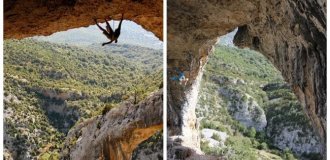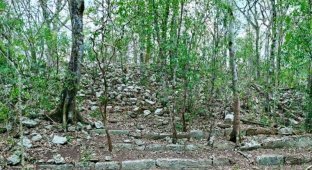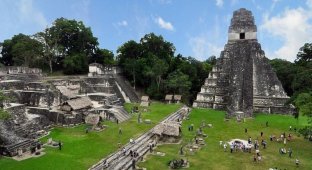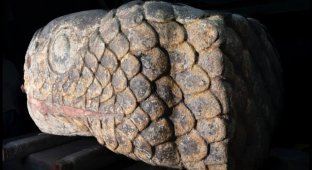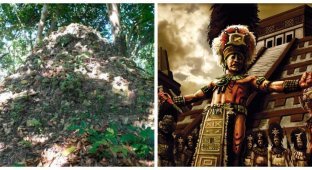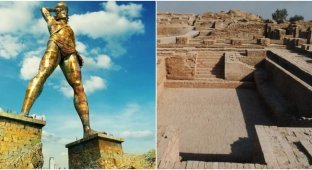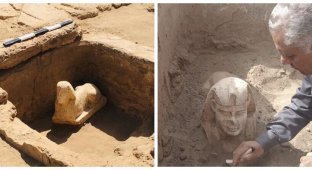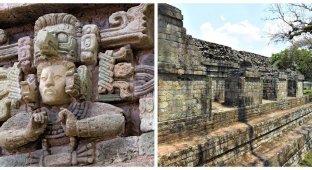A unique statue of a Mayan warrior was discovered in Chichen Itza (7 photos)
Archaeologists were dismantling the ruins on the territory of the Casa Colorada complex when they made a valuable find. The 1,000-year-old statue of a Mayan warrior is notable for its snake-shaped helmet. 
Mexico's National Institute of Anthropology and History (INAH) has announced the results of excavations at the Chichanchob Temple, also known as the Casa Colorada complex, in the Chichen Itza complex on the Yucatan Peninsula.
The rectangular temple was built in the Puuk style. Inside is a chamber elaborately decorated with hieroglyphs depicting the family tree of the rulers of Chichen Itza, as well as the history of the rulers of neighboring Ek Balam. Moreover, scientists have deciphered the date - 869 AD.
INAH's Diego Prieto Hernandez recently reported on a sculpture depicting a Mayan warrior wearing a feather and snake helmet. 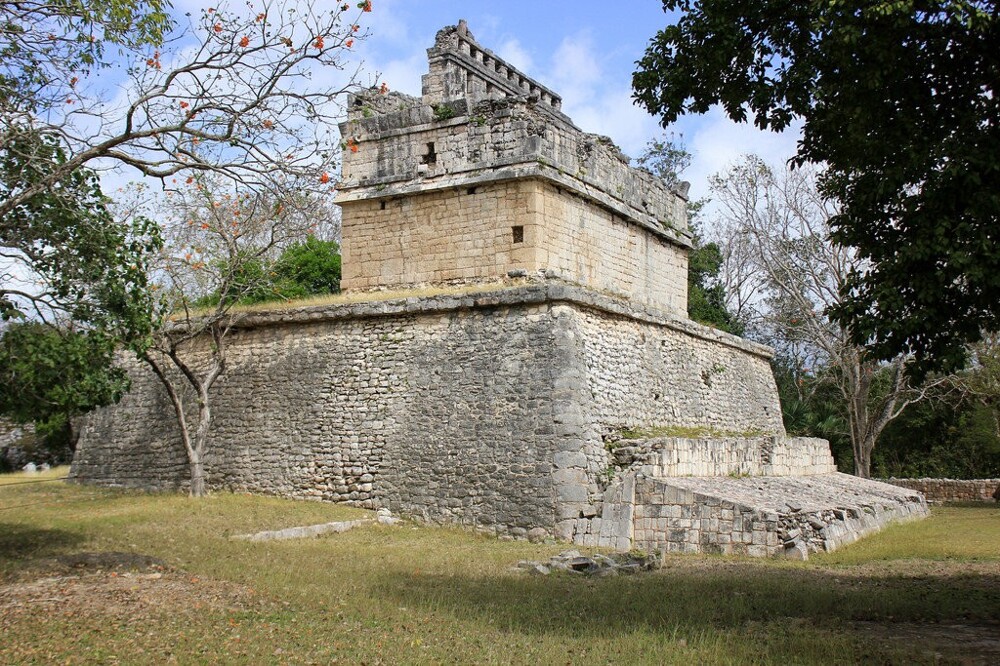
Chichen Itza at its height (between the 9th and 13th centuries AD) covered an area of about 10.36 sq. km. The population of the Mayan political and cultural center was about 35 thousand inhabitants.
A rare sculptural artifact dating from the Late Classic period was discovered during excavations at the Casa Colorada complex. The sculpted head measures approximately 33 cm high and 28 cm wide. According to archaeologists, the warrior wears a helmet in the shape of a snake with open jaws, as well as a headdress made of feathers. 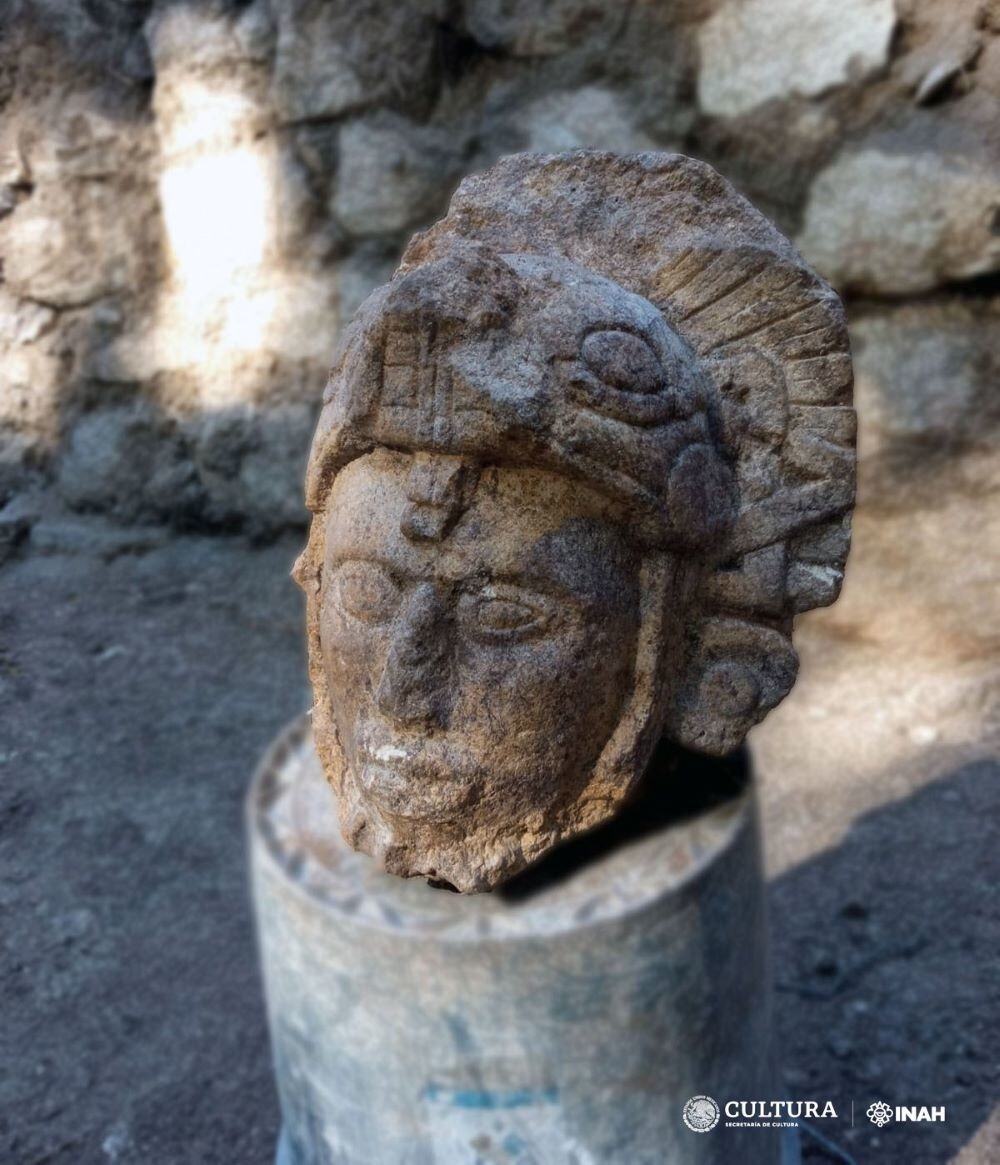
In Mayan languages, Chichen Itza means "At the Mouth of the Well of Itza", which refers to the natural well (cenote) around which the city was built. 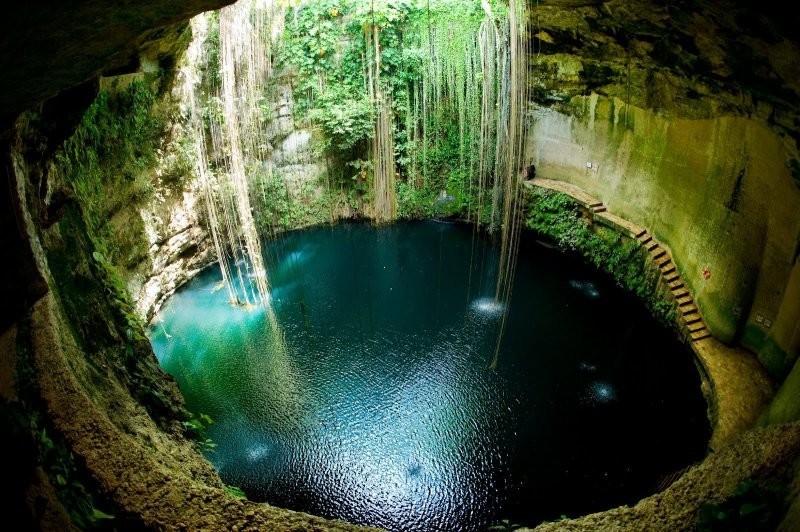
In Mayan culture, snake warriors were the name given to participants in religious ceremonies who dressed in snake outfits. These warriors played an important role in rituals related to fertility and rain, acting as intermediaries between earthly and supernatural forces. Intricate costumes, including headdresses, reflected Mayan craftsmanship and the deep connection between nature and spirits. 
Making headdresses from snakes and jaguars was a skilled craft, and the secrets of the craft were passed down from generation to generation. Each piece was a unique work of art, demonstrating craftsmanship, and the intricate designs with colorful feathers spoke of spiritual and ceremonial meaning.
In Mayan culture, the symbolism of the snake represented renewal, transformation and cosmic energy. Often depicted in art and religious iconography, the snake was a powerful symbol of life and the cyclical nature of existence. Shedding the snake's skin has become a metaphor for rebirth and regeneration, associated with agricultural cycles and the renewal of nature. 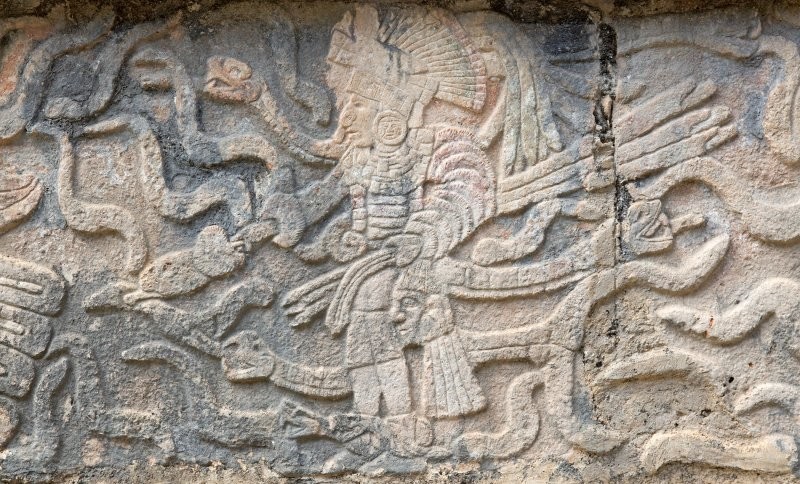
Snakes also symbolized the underworld. In addition, these creatures were associated with rain and fertility deities, as the ancient people believed that snake deities played a vital role in sustaining life and ensuring agricultural abundance. 
It is highly likely that this feathered snake represented Kukulcan, a prominent Mayan deity who symbolized wisdom, knowledge and the dualism of creation and destruction.


